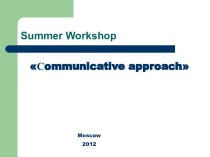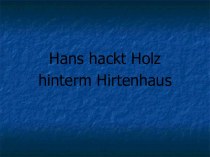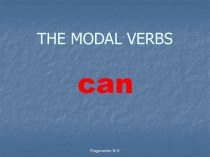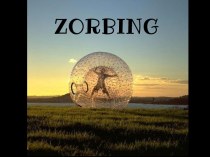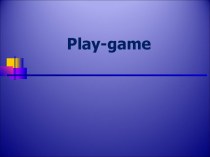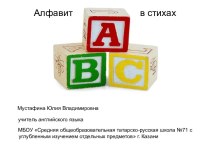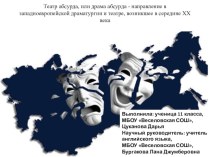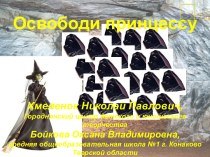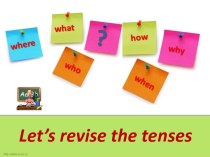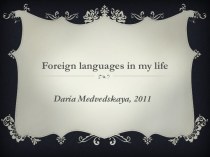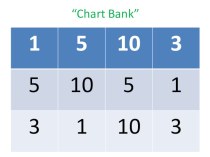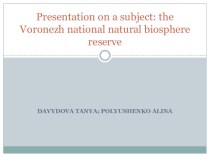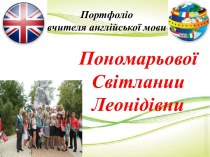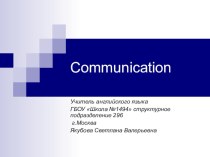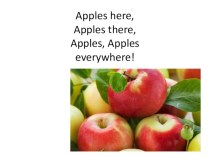- Главная
- Разное
- Бизнес и предпринимательство
- Образование
- Развлечения
- Государство
- Спорт
- Графика
- Культурология
- Еда и кулинария
- Лингвистика
- Религиоведение
- Черчение
- Физкультура
- ИЗО
- Психология
- Социология
- Английский язык
- Астрономия
- Алгебра
- Биология
- География
- Геометрия
- Детские презентации
- Информатика
- История
- Литература
- Маркетинг
- Математика
- Медицина
- Менеджмент
- Музыка
- МХК
- Немецкий язык
- ОБЖ
- Обществознание
- Окружающий мир
- Педагогика
- Русский язык
- Технология
- Физика
- Философия
- Химия
- Шаблоны, картинки для презентаций
- Экология
- Экономика
- Юриспруденция
Что такое findslide.org?
FindSlide.org - это сайт презентаций, докладов, шаблонов в формате PowerPoint.
Обратная связь
Email: Нажмите что бы посмотреть
Презентация на тему Monologue in interpersonal communication
Содержание
- 2. Monologue - a form of speech, is
- 3. The main usage of monologue - the
- 4. Monological speech allocates a relatively large extent
- 5. ClassificationYou can categorize monologues by goal statements:The
- 6. Monologue - a speech by yourself. The
- 7. The informational speech provides for the transfer
- 8. Persuasive speech is addressed to the emotions
- 9. Motivating speech is directed at to encourage
- 10. Monologues are distinguished by the degree of
- 11. The obligatory characteristics of any monological speech
- 12. Anaphor - a reference to what was
- 13. ConclusionMonologue is a speech presented by a
- 14. Скачать презентацию
- 15. Похожие презентации
Monologue - a form of speech, is a result of active speech activity, designed for passive and mediated perception and virtually unrelated to any other person speech in content or in a structural way. Sometimes defined

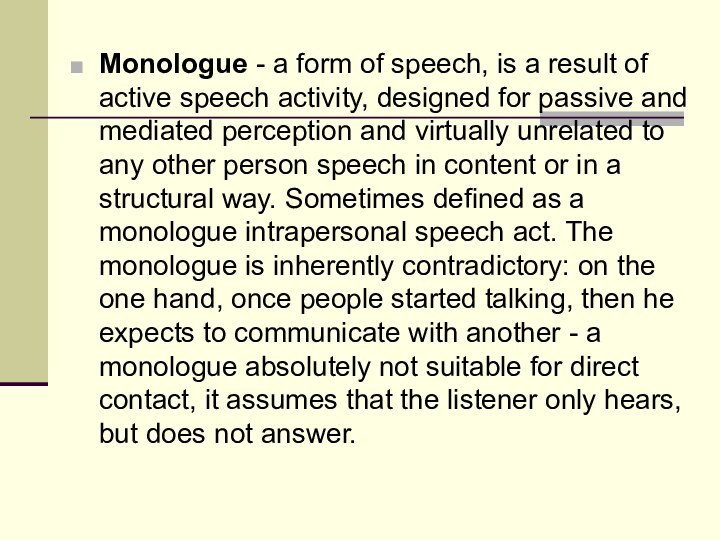
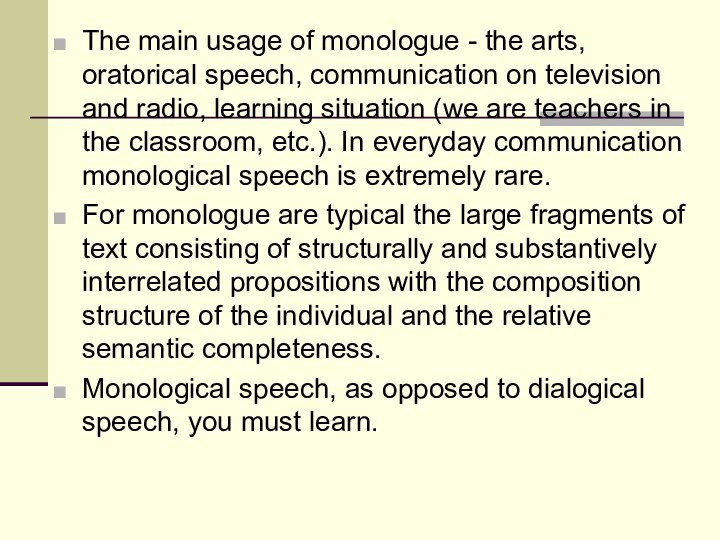
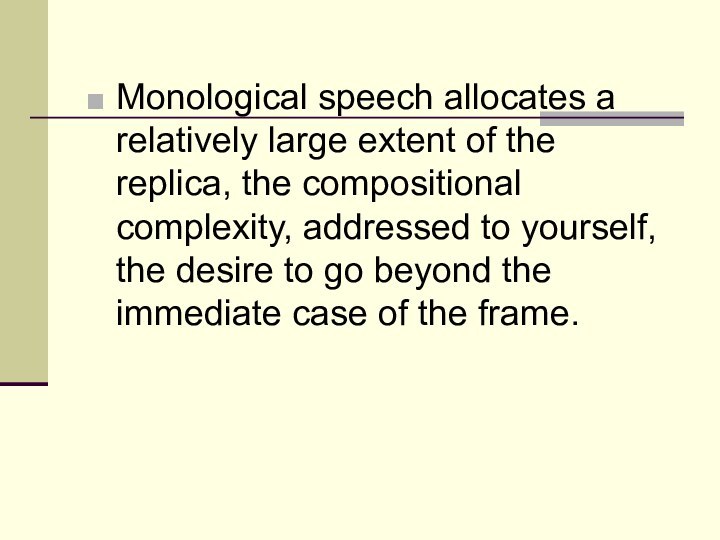

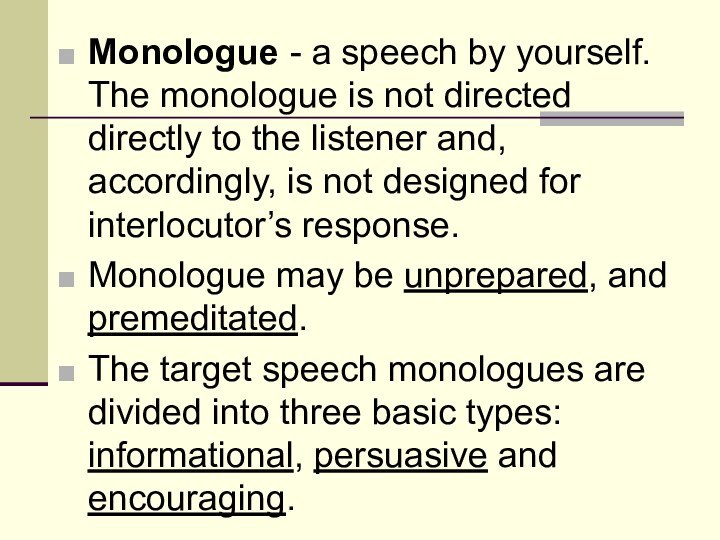
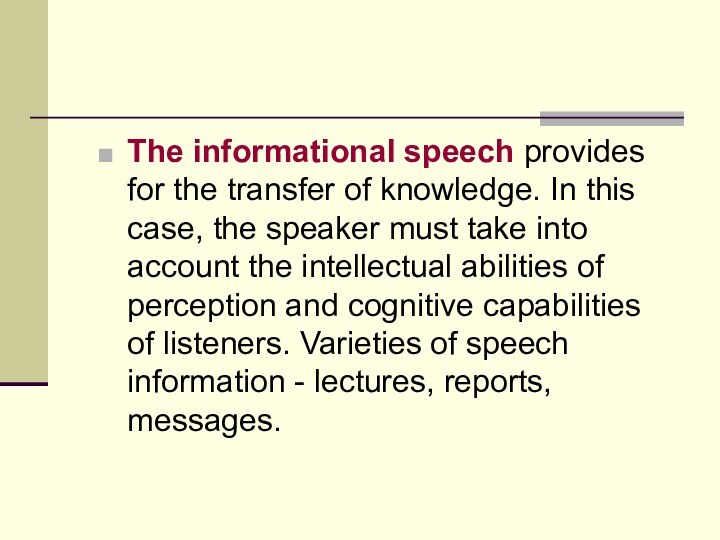
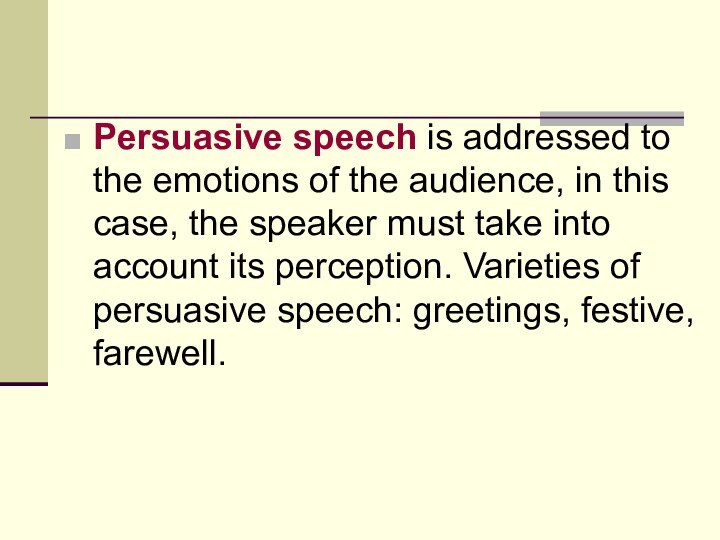

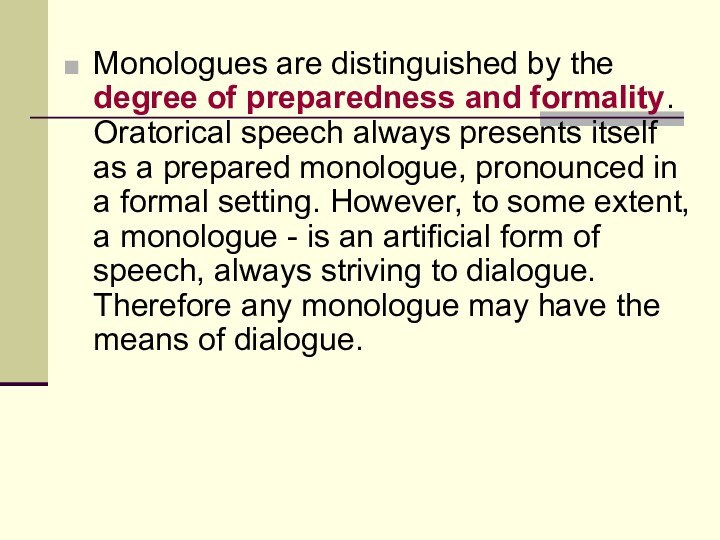
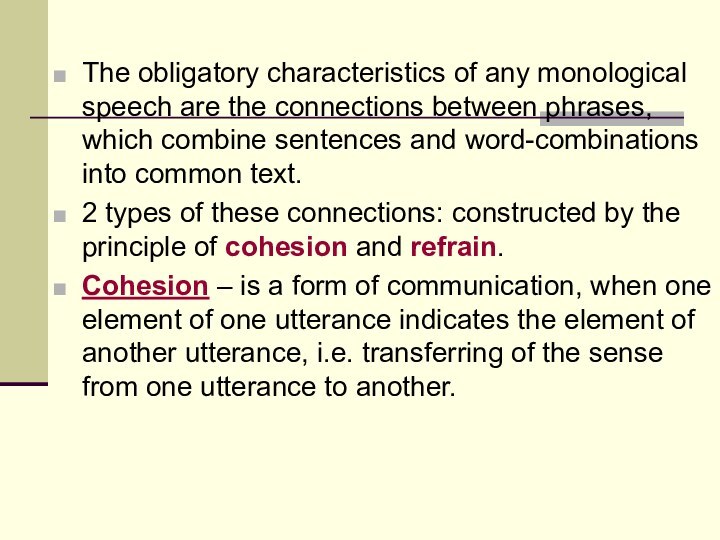
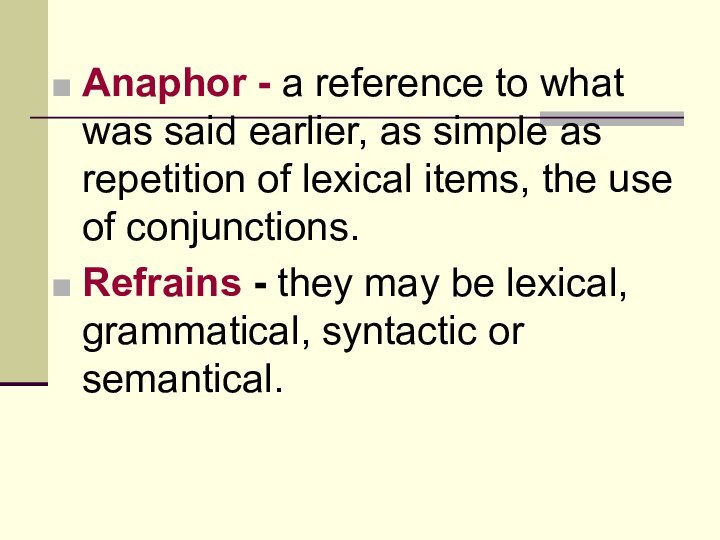
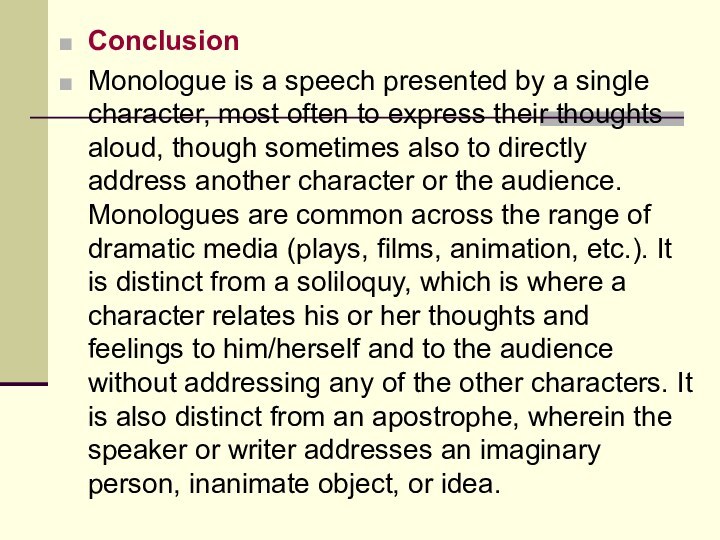

Слайд 3 The main usage of monologue - the arts,
oratorical speech, communication on television and radio, learning situation
(we are teachers in the classroom, etc.). In everyday communication monological speech is extremely rare.For monologue are typical the large fragments of text consisting of structurally and substantively interrelated propositions with the composition structure of the individual and the relative semantic completeness.
Monological speech, as opposed to dialogical speech, you must learn.
Слайд 4 Monological speech allocates a relatively large extent of
the replica, the compositional complexity, addressed to yourself, the
desire to go beyond the immediate case of the frame.
Слайд 5
Classification
You can categorize monologues by goal statements:
The form:
internal and external;
The way of organization: private and public;
The
sphere of everyday life: friendly and official;The genre: art monologue, oratory speech etc.;
The communicative-functional affiliation: narrative, report, etc.;
The situational peculiarities of communication: direct-contact, indirect-contact (-radio, TV);
The genetic characteristics: improvised, prepared;
The thematic criterion: scientific, publicistic, artistic.
Слайд 6 Monologue - a speech by yourself. The monologue
is not directed directly to the listener and, accordingly,
is not designed for interlocutor’s response.Monologue may be unprepared, and premeditated.
The target speech monologues are divided into three basic types: informational, persuasive and encouraging.
Слайд 7 The informational speech provides for the transfer of
knowledge. In this case, the speaker must take into
account the intellectual abilities of perception and cognitive capabilities of listeners. Varieties of speech information - lectures, reports, messages.Слайд 8 Persuasive speech is addressed to the emotions of
the audience, in this case, the speaker must take
into account its perception. Varieties of persuasive speech: greetings, festive, farewell.Слайд 9 Motivating speech is directed at to encourage students
to various activities. Here allocate political speech, speech- calling
to action, speech-protest.Слайд 10 Monologues are distinguished by the degree of preparedness
and formality. Oratorical speech always presents itself as a
prepared monologue, pronounced in a formal setting. However, to some extent, a monologue - is an artificial form of speech, always striving to dialogue. Therefore any monologue may have the means of dialogue.Слайд 11 The obligatory characteristics of any monological speech are
the connections between phrases, which combine sentences and word-combinations
into common text.2 types of these connections: constructed by the principle of cohesion and refrain.
Cohesion – is a form of communication, when one element of one utterance indicates the element of another utterance, i.e. transferring of the sense from one utterance to another.
Слайд 12 Anaphor - a reference to what was said
earlier, as simple as repetition of lexical items, the
use of conjunctions.Refrains - they may be lexical, grammatical, syntactic or semantical.
